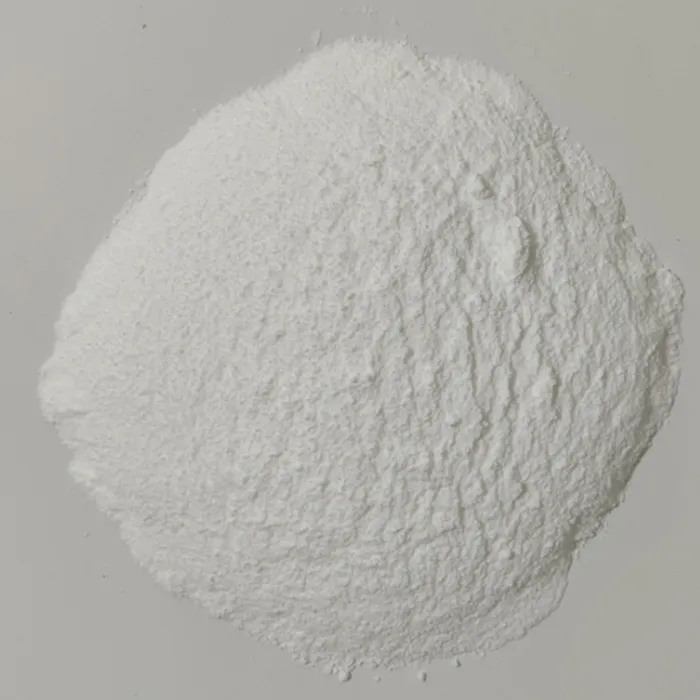Chemical Treatment of Cooling Tower Water
Cooling towers are critical components in various industrial applications, including power generation, manufacturing, and HVAC systems. They help dissipate heat from processes by evaporating water, which in turn cools the circulating water for reuse. However, maintaining the efficiency and longevity of cooling towers requires proper water treatment. Chemical treatment plays a vital role in managing water quality, preventing scale formation, controlling corrosion, and mitigating biological growth.
Importance of Chemical Treatment
Cooling tower water systems are susceptible to a variety of water quality issues, including scale formation and biofouling. The water used in cooling towers often contains dissolved minerals that can precipitate out when the water is heated. This process leads to the formation of scale, which can accumulate on heat exchange surfaces, decreasing the system's efficiency. Additionally, untreated water can lead to the growth of microbes, algae, and bacteria, resulting in biofilm formation that can also hinder heat transfer and increase maintenance costs.
Chemical treatment helps address these issues by using specific compounds that alter the chemistry of the water, providing the necessary balance to prevent scale formation and controlling biological growth.
Common Chemicals Used in Cooling Tower Treatment
1. Scale Inhibitors These chemicals prevent the precipitation of salts and minerals, which is crucial in reducing scale buildup on heat exchange surfaces. Commonly used scale inhibitors include phosphonates and polyacrylates, which work by sequestering metal ions and preventing them from crystallizing.
2. Corrosion Inhibitors Corrosion can be a significant problem in cooling towers, mainly if the system incorporates metals like steel and copper. Corrosion inhibitors, such as bicarbonates, phosphates, and molybdates, form a protective layer on the metal surfaces, reducing oxidation and extending the lifespan of the equipment.
3. Biocides To combat microbial growth, cooling towers frequently employ biocides, which are chemicals designed to kill or inhibit the growth of bacteria, algae, and fungi. Chlorine and bromine are common biocides used for their effectiveness; however, alternatives such as isothiazolinones and glutaraldehyde may be employed in sensitive applications where chlorine could lead to other complications.
chemical treatment of cooling tower water

4. pH Adjusters The pH level of cooling tower water can significantly influence the effectiveness of scale and corrosion inhibitors. Maintaining an appropriate pH range (typically between 7 and 8.5) helps optimize the chemical treatment program. Acidic or alkaline conditions can diminish the protective effects of these chemicals, so pH adjusters such as sulfuric acid or sodium hydroxide are commonly used to correct imbalances.
Monitoring and Maintenance
For chemical treatment to be effective, regular monitoring of the water chemistry is essential. This includes measuring parameters such as pH, conductivity, dissolved oxygen, and the concentrations of various treatment chemicals. Regular water analysis ensures that the treatment program is responsive to changes in water quality and environmental conditions.
Additionally, operators should establish a comprehensive maintenance schedule. This schedule may include routine cleaning of the cooling tower and associated systems to remove any accumulated scale or biological contaminants. Maintaining optimal water flow and temperature is also crucial in ensuring that the chemicals can effectively mitigate potential issues.
Environmental Considerations
As industries face increasing pressure to minimize environmental impact, chemical treatment programs must also consider ecological factors. The use of biocides, for instance, poses a risk if they are released into the environment through blowdown, the process of discharging a portion of cooling water to control TDS (total dissolved solids) levels. Therefore, selecting environmentally friendly chemicals and implementing effective water management practices can help reduce impacts on the surrounding ecosystem.
Conclusion
The chemical treatment of cooling tower water is a critical aspect of maintaining efficiency, safety, and longevity in industrial cooling systems. By utilizing the right combination of scale inhibitors, corrosion inhibitors, biocides, and pH adjusters, operations can effectively manage the challenges associated with water quality.
The need for ongoing monitoring and maintenance cannot be overstated, as dynamic conditions require adaptive water treatment programs. Furthermore, with an increasing focus on sustainability, industries must consider the environmental implications of their chemical choices, leading to a more responsible approach to cooling tower water treatment.

